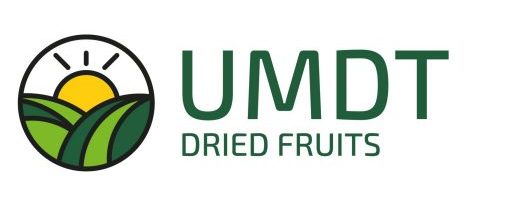In the global food industry, quality assurance plays a pivotal role in maintaining trust, ensuring safety, and meeting the expectations of consumers. For chickpeas, an essential and highly demanded crop worldwide, quality standards are a critical factor in successful exports, especially as consumers and retailers alike seek transparency and high-quality products. Understanding and adhering to these standards is essential for exporters looking to establish strong market positions and foster lasting relationships with buyers.
The Importance of Quality Standards in Chickpea Exports
Quality standards are designed to ensure that chickpeas meet specific criteria regarding appearance, size, moisture content, purity, and other factors. These standards guarantee that exported chickpeas will meet the expectations of international buyers and align with food safety regulations in importing countries. Fulfilling quality standards also minimizes the risks of shipment rejections, which can lead to additional costs, delays, and damage to an exporter’s reputation.
Grading Chickpeas: Size and Appearance
Chickpeas are typically classified based on size, appearance, and color, with grading systems varying by country. For example, in some markets, chickpeas are sorted into categories such as 8mm, 9mm, and 10mm, depending on the size of the individual chickpeas. The larger the chickpeas, the higher the demand tends to be, especially in countries where size is associated with quality and preference.
Appearance also matters significantly in chickpea grading. High-quality chickpeas should be free from discoloration, wrinkles, and blemishes. Uniformity in size and color can increase the perceived quality of the product and make it more appealing to buyers. Therefore, it is essential for exporters to employ advanced sorting and grading equipment to maintain high-quality standards consistently.
Moisture Content and Purity Standards
Moisture content is a vital factor in chickpea quality, as it directly affects shelf life and susceptibility to spoilage. Most international standards specify that moisture content in chickpeas should not exceed 12-14%, although this range can vary slightly by country and specific buyer requirements. Exporters need to carefully monitor moisture levels during the processing and storage phases to avoid the risk of mold and other issues that could compromise product quality.
Purity standards are also essential, requiring that chickpeas be free from foreign materials such as stones, dirt, and other impurities. Foreign material levels are often capped at 0.5-1%, and any deviation from this standard can result in quality concerns and potential penalties from importers. Advanced cleaning processes, such as optical sorting and air-screen machines, are commonly used to achieve high purity standards and ensure that chickpeas meet the cleanliness requirements of export markets.
Food Safety Certifications and Compliance
In addition to specific quality standards, many international buyers require certifications . These certifications demonstrate a company’s commitment to food safety and the consistent implementation of quality control processes. Meeting these certifications not only enhances product quality but also improves the trustworthiness of an exporter in the eyes of international buyers.
Additionally, understanding the phytosanitary requirements of importing countries is essential for avoiding shipment rejections and delays. Chickpeas must be free from pests and pathogens that could impact the agricultural integrity of the importing country. Many importing countries mandate phytosanitary inspections and certifications to confirm that chickpeas meet their food safety standards.
Packaging and Labeling Requirements
Export packaging should also meet international standards to maintain product quality during transport and storage. The packaging must protect the chickpeas from moisture, pests, and contamination. Many exporters use woven polypropylene or multi-layer paper bags with proper sealing to ensure durability and protection.
Labeling is another important aspect of quality standards. Chickpea bags must clearly display information such as net weight, origin, batch number, production date, and expiration date. Inaccurate or missing labeling can cause issues during customs inspections and may lead to fines or shipment delays. Meeting labeling requirements helps to ensure a smooth and efficient shipping process.
Ensuring Consistent Quality with UMDT Dried Fruits
At UMDT Dried Fruits, we understand the importance of quality and consistency in chickpea exports. As a trusted exporter of chickpeas, we adhere to stringent quality control measures and comply with international standards to ensure that our products meet the highest expectations. From grading and sorting to moisture control and purity checks, every step of our production process is designed to deliver the finest quality chickpeas to our customers worldwide.
If you’re looking for a reliable partner in the chickpea market, contact UMDT Dried Fruits at info@umdt.com.tr or call +90 532 608 28 87.
Let us help you bring premium-quality chickpeas to your customers with confidence.




